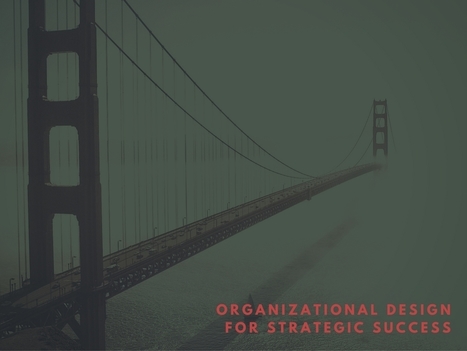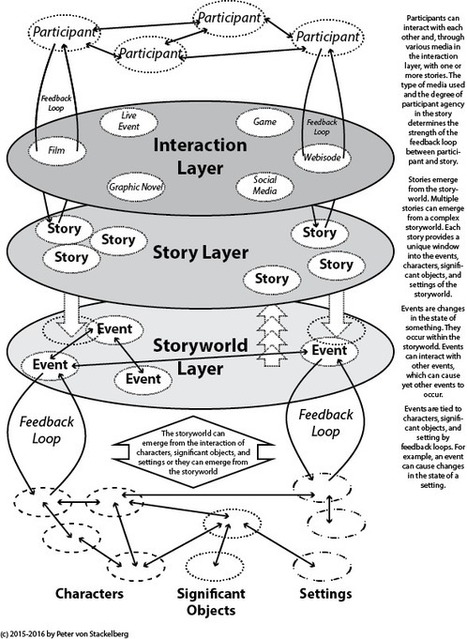Whenever any new technology emerges that challenges the way people and businesses have been doing things for years or even decades, the initial excitement is often overshadowed by uncertainty and reluctance to try something new. In the early days of the cloud, it was almost inconceivable to think that it would lead to such a profound shift in how businesses operate. More recently, the drive toward digital transformation has caused even greater anxiety in some organizations.
In this age of digital transformation, all industries -- from manufacturing and banking to hospitality and retail -- are evolving. This means that decision makers must identify key business issues, not technology issues, that digital transformation can tackle. Companies need to not only harness the power of the latest digital technologies and platforms to stay relevant and competitive but also course-correct their business models based on evolving customer demands.
This type of transformation should be seen as a journey, not a destination. It is a cycle of change and progress, both from a technological and organizational standpoint. It’s about constantly reassessing opportunities to do things better, faster and with greater scale in the evolving environment in which one’s business operates.
Via The Learning Factor



 Your new post is loading...
Your new post is loading...



















While the thought of sweeping changes gives many people increased anxiety, it’s imperative that in any business its leaders come together to create and foster a culture that embraces digital transformation.